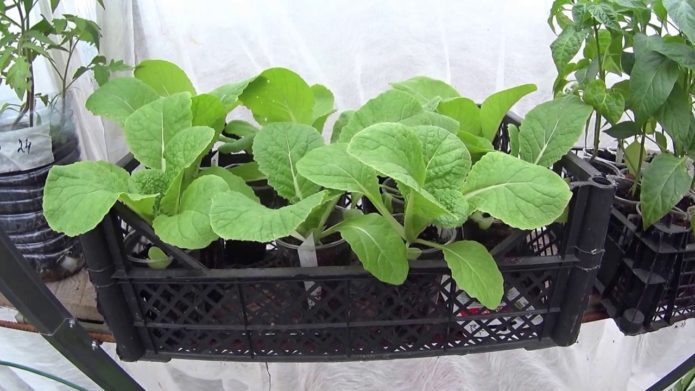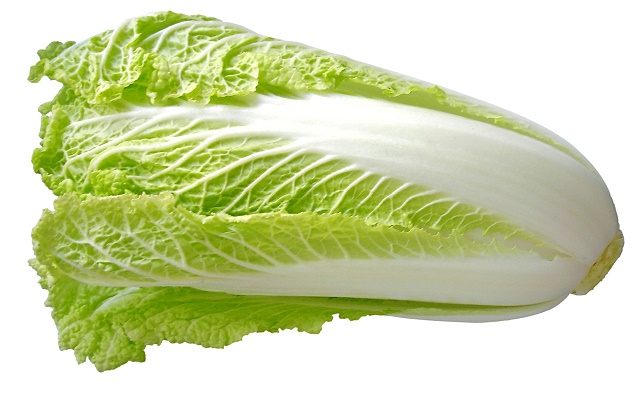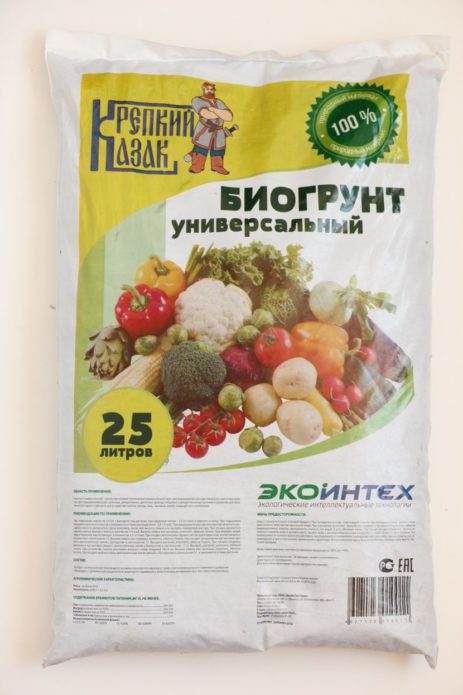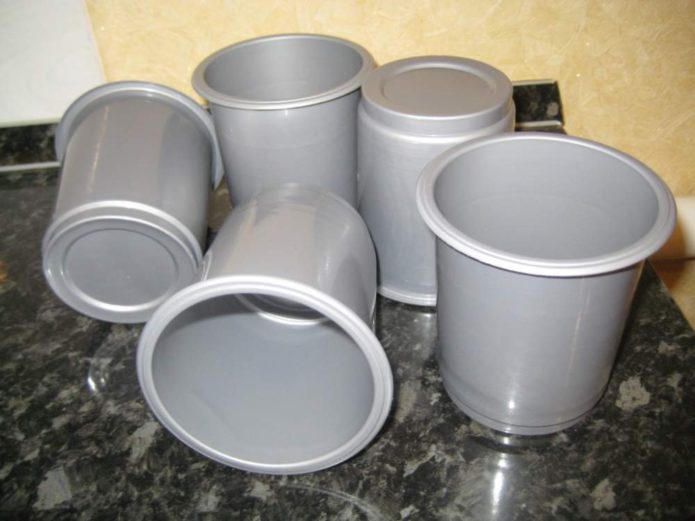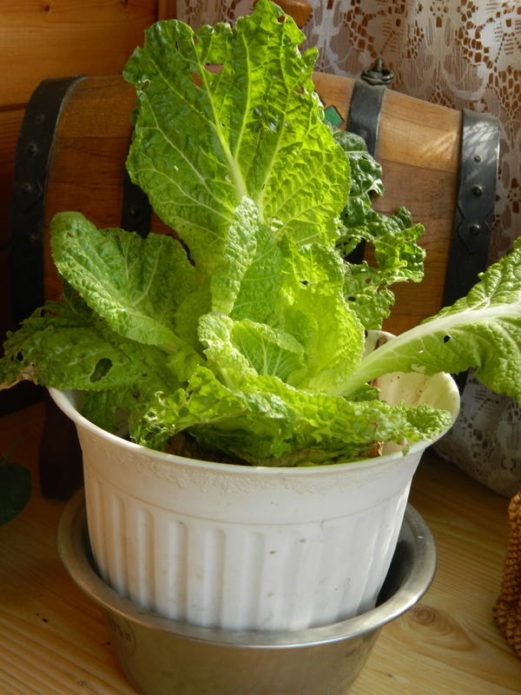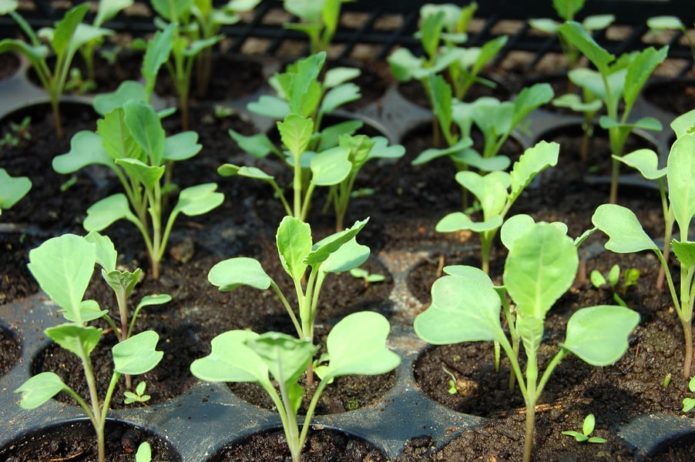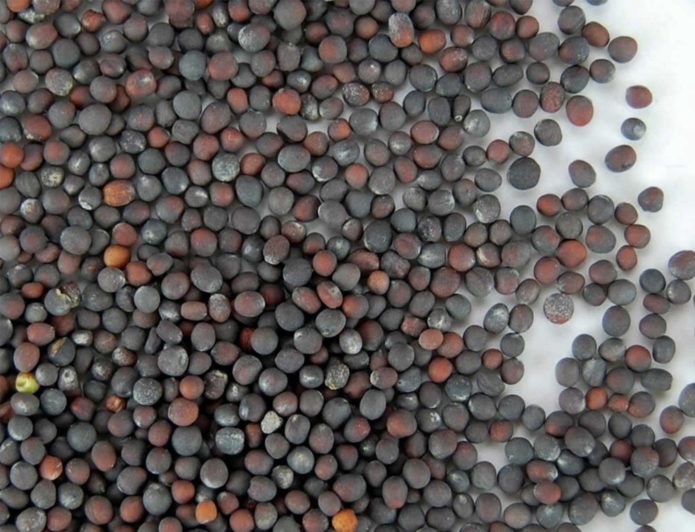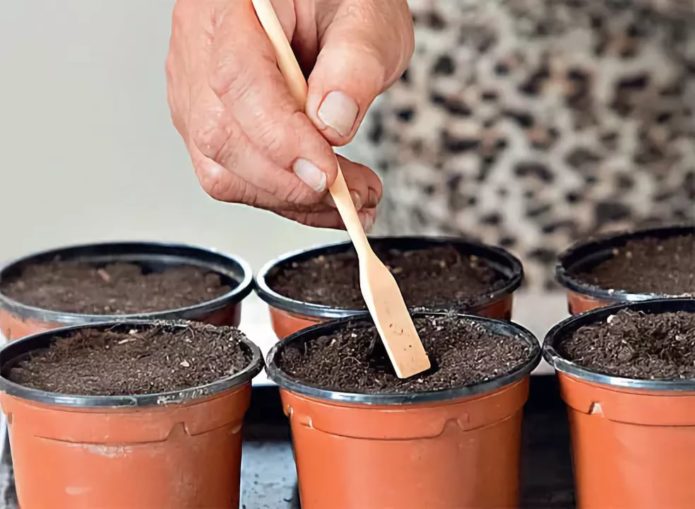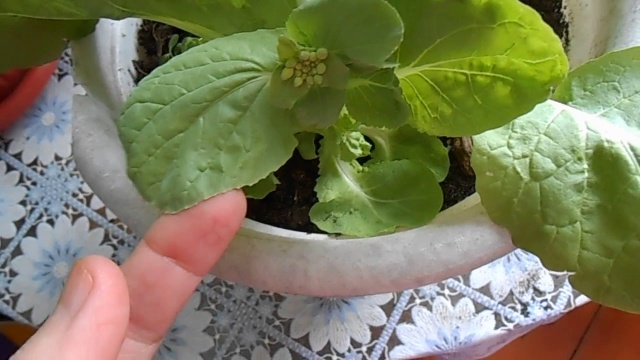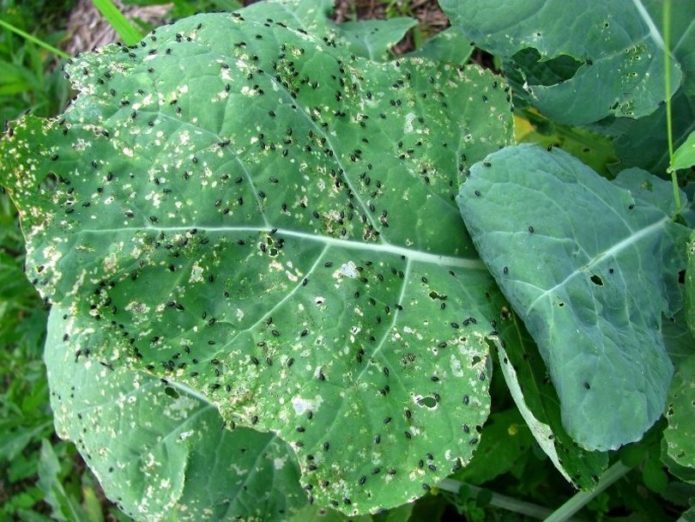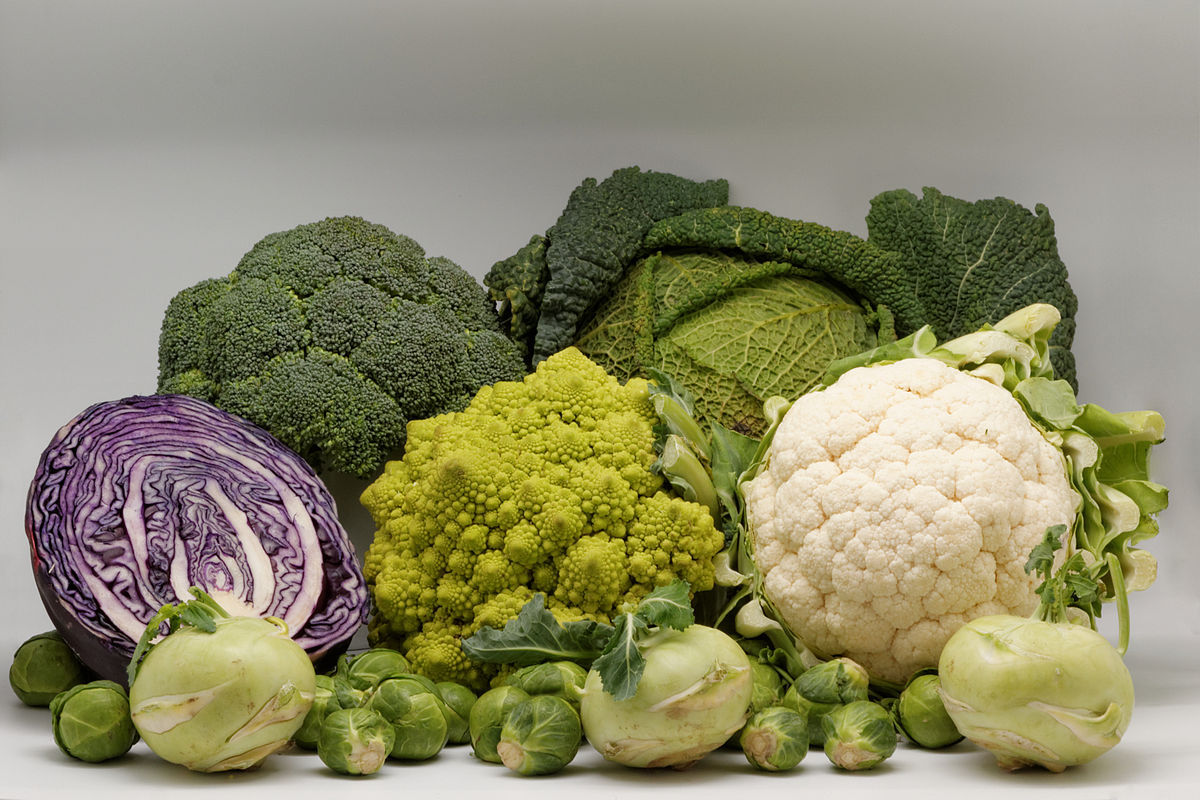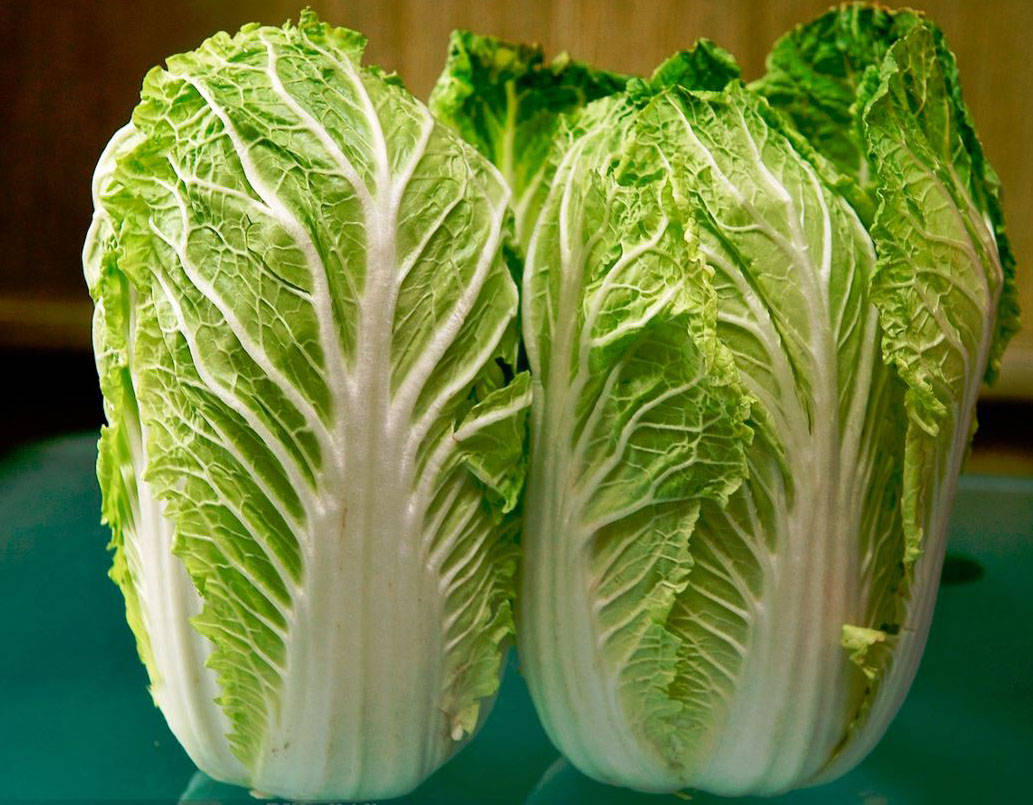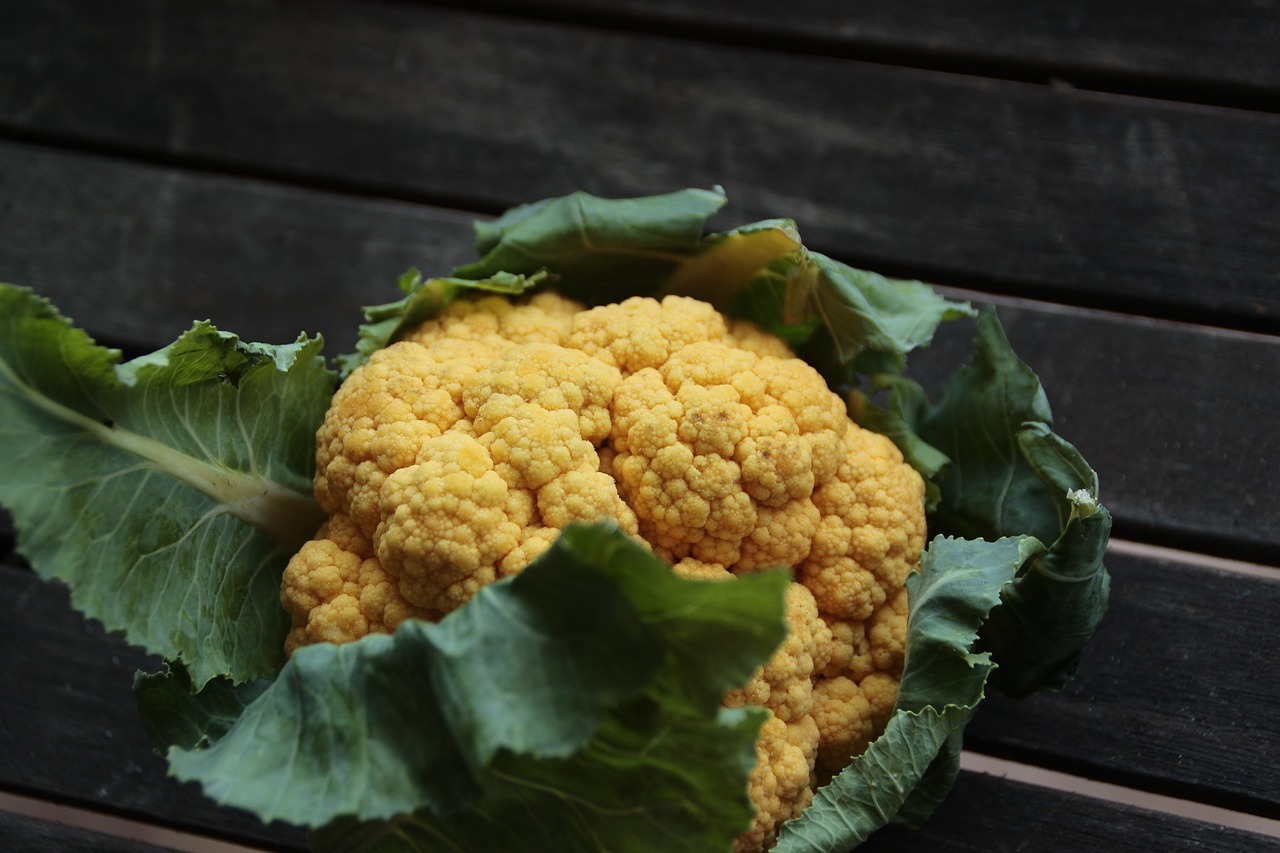Peking cabbage appeared on the Russian market relatively recently, but has ceased to be exotic. Adherents of a healthy diet are happy to include it in their diet. In terms of composition, Beijing cabbage is in no way inferior to white cabbage, it contains a large amount of proteins, a whole set of vitamins and mineral salts. No wonder in the Celestial Empire it is considered a source of longevity. The main advantage of a vegetable is the ability to maintain its beneficial properties throughout the winter. Peking cabbage is delicious in any form: pickled, sauerkraut, salted and, of course, as part of vegetable salads. Delicate green leaves add spice and sophistication to each dish. It is especially indispensable in winter and early spring, when the human body so needs fresh greens. This annual vegetable crop has a short growing season of no more than 2 months and can be grown all year round.
Content
Is it possible to grow Chinese cabbage on a windowsill
Peking cabbage is easy to grow on your own, and you don't need to have a summer cottage for this. A vegetable garden with vitamin greens can be arranged right on a windowsill or a closed balcony. A window on the south side is quite suitable for the culture, it does not need additional lighting - even with a short winter day, it has enough light. She feels great in a room or on a loggia and yields a harvest in 25-30 days.
Moreover, green cabbage leaves can be obtained not only when grown from seeds. A used head of cabbage can give a start for a new crop. For this, the lower part of the head of cabbage is cut off by 5–7 cm and lowered into water. Roots and young leaves very quickly appear from the stump. Of course, the harvest will not be so plentiful and cabbage rolls are unlikely to be cooked, but fresh herbs will be enough for a salad or a sandwich.
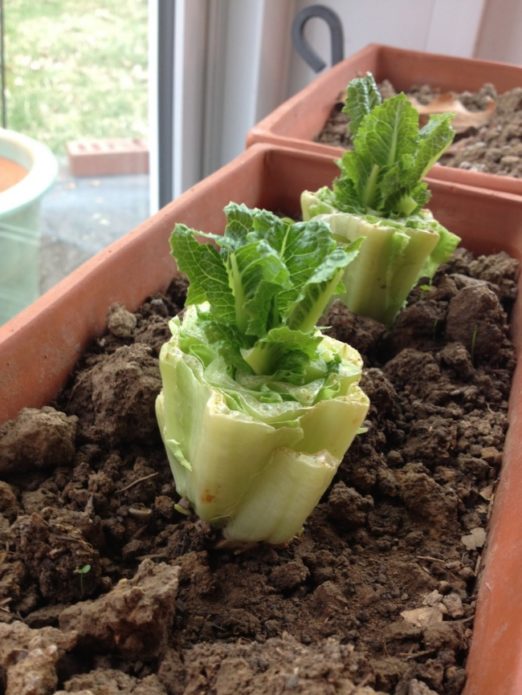
Peking cabbage stalks can be re-harvested by placing the used cabbage in the ground or in a container with water
Very often, purchased Peking cabbage is loaded with chemicals. Growing indoor greens will help you eat organic foods and support your weakened immune system during the winter months.
Video: we grow Peking cabbage from a stump
What varieties are suitable for growing at home
To grow Chinese cabbage on a windowsill, it is best to use early ripening leafy varieties with small rosettes, since a large area of nutrition is needed to form full-fledged dense heads of cabbage.
The following varieties are suitable for home cultivation:
- The spring is an early ripening variety, yields a harvest in 28 days. Forms a rosette with a diameter of 20–35 cm, weighing 150–200 g. Light green leaves with a wrinkled surface, sourish in taste. Plants are not affected by environmental changes - they easily tolerate a lack of light and a drop in temperature;
- Vesnianka is a leafy variety that has a short period of time - after the emergence of shoots, it reaches ripeness in 25–35 days. The weight of the fruit is small - 250 g. The variety is valued for its high content of vitamin C and excellent taste characteristics of juicy delicate greens. Resistant to flowers;
- Khibinskaya is the precocious variety most often grown in the apartment. A cold-resistant lettuce plant is the earliest source of vitamins: in winter, already 20–35 days after sowing the seeds, an elongated cylindrical head of cabbage with a spreading rosette is formed. The tender, succulent leaves are mainly used in salads;
- Semi-cabbage - a variety with a small rosette 25 cm high, weighing 40–100 g. Ripening periods vary depending on the season: in winter, a longer period is required for the formation of a crop - 58–70 days, in spring - only 30–40 days. Large rounded leaves, narrow at the base, expanding at the top. They have a very delicate taste;
- TSKHA 2 is a mid-season variety. The plant is up to 45 cm high with large, elongated leaves, wavy at the edges. The leaves are collected in a rosette, forming a loose head of cabbage, white-yellow in section, weighing about 800 g;
- Lenok is an early ripening variety for salads, forms a rather dense rosette of leaves weighing up to 0.3 kg. The ripening period of the crop is only 39 days. The variety is stress-resistant, easily tolerates a lack of light, is practically not susceptible to diseases.
Planting Chinese cabbage at home
The result of growing Peking cabbage depends on the quality of the soil, correct sowing of seeds, compliance with the required temperature regime and further care.
Soil preparation
The culture prefers to grow on loose, fertile soil with neutral acidity. The best substrate for it will be a mixture of fertile soil, humus and sand in a 1: 2: 1 ratio. If the land is taken from the garden, it must first be disinfected with a solution of manganese or Fitosporin (1 drop / 1 l). With high acidity, ash must be added (1 tbsp. Spoon / 1 l).
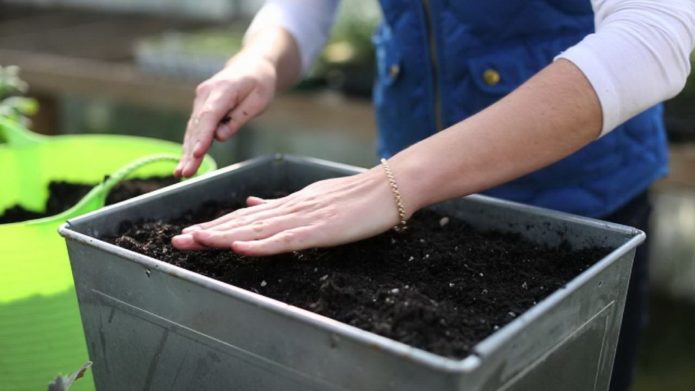
Soil mixture for Chinese cabbage seeds can be prepared by yourself from turf, humus and sand in a ratio of 1: 2: 1
You can mix in equal parts soil, biohumus and coconut substrate. The soil provides plants with mineral nutrition, biohumus contains additional nutrients, and the coconut substrate loosens the soil and accumulates moisture.
Peking cabbage grows very well in ready-made bio-soil, which is sold in garden stores. It is made on the basis of lowland peat with the addition of biohumus and vermiculite. Contains all necessary trace elements and accelerates plant growth. Such soil does not require additional disinfection.
Instead of a soil mixture, peat tablets are often used, which are compressed peat enriched with an antibacterial component, a growth stimulator and mineral fertilizers. The tablet has a shell that prevents it from scattering. Peat tablets, placed on a tray with water, swell and increase in height up to 8 cm. The seeds are laid out in a depression made in the center of the tablet.
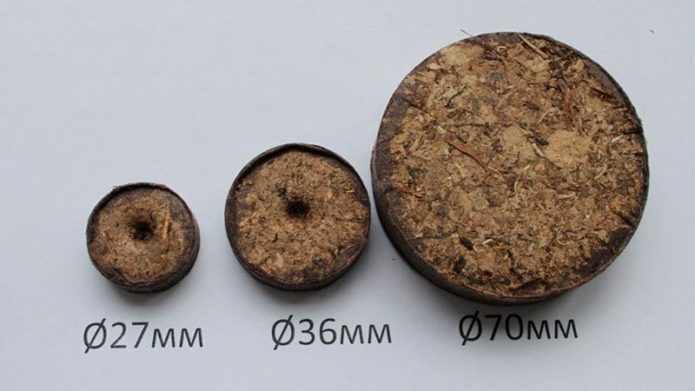
Peat tablets contain nutritional supplements and are well suited for growing Chinese cabbage seedlings
When growing seedlings in peat tablets containing nutritional supplements, there is no need for additional fertilizers and growth-accelerating preparations.
Choosing a container for growing
One of the best options for sowing cabbage is plastic 200 ml cups. When grown in separate containers, there is no need to pick plants, during which delicate roots are often injured.
Only as they grow, the seedlings are transplanted together with a lump of earth into larger pots with a volume of 1 liter and 3 liters. The cups must have drainage holes so that excess water does not accumulate. You can also use improvised material: cut plastic bottles, yogurt jars, milk cartons.
It is also convenient to grow cabbage in cassettes, filling each cell with soil and sowing seeds in it. Such cassettes already have drainage holes and it is easy to remove plants from them for transplanting into a larger container.
As a container, ordinary seedling boxes are also suitable, which are placed on a pallet. More seedlings can be grown in boxes, but they must be dived. For Chinese cabbage, this process is quite painful, as it often leads to damage to the root system. The roots of Peking cabbage are thin and fragile, break easily, which leads to a growth retardation of seedlings.
Sowing seeds
Peking cabbage seeds are not soaked before sowing. They are sown into moist soil in rows to a depth of 5–10 mm with an interval of 4 cm, leaving 10 cm between rows. Sprinkle with soil, water and cover with a film. They are placed in a warm place (20-22 ° C), monitoring the soil moisture and opening the greenhouse daily to ventilate and remove condensation.
On the third day, seedlings appear. The film is removed and the seedlings are placed for 5 days in a cooler room with a temperature of + 10–12 ° С during the day and + 6–8 ° С at night. In the future, the optimal temperature regime for cabbage is provided: + 18–20 ° С in the daytime and + 14–18 ° С at night.
This culture is hard to tolerate picking, so it is preferable to sow seeds not in a common container, but 3 seeds in each cell. The survival rate after picking is no more than 70%.
You can immediately sow seeds in separate pots. One seed is planted in a container with a volume of 1 liter, 3 seeds in the shape of a triangle are placed in a three-liter pot. When the upper layer of the substrate dries up, irrigate with warm, settled water, then carefully loosen the moist soil, providing air access to the roots.
When the grown seedlings develop 2-3 true leaves, only one plant is left in the pot. Weak seedlings are not pulled out of the soil so as not to accidentally touch the roots of the remaining plant, but are pinched off.
Video: sowing Chinese cabbage for seedlings
Peking cabbage pick
If the seedlings were grown in a common box, with the appearance of 2 true leaves, they are dived into separate pots. Previously, the soil is well moistened and with the help of a spatula, the plants are removed from the glass along with an earthen lump. At the same time, the plant is held by the stalk. Seedlings are transplanted in larger containers filled with a nutrient mixture. Sprinkle with soil until the cotyledon leaves, compact and watered. At first, the transplanted seedlings are shaded from the sun's rays.
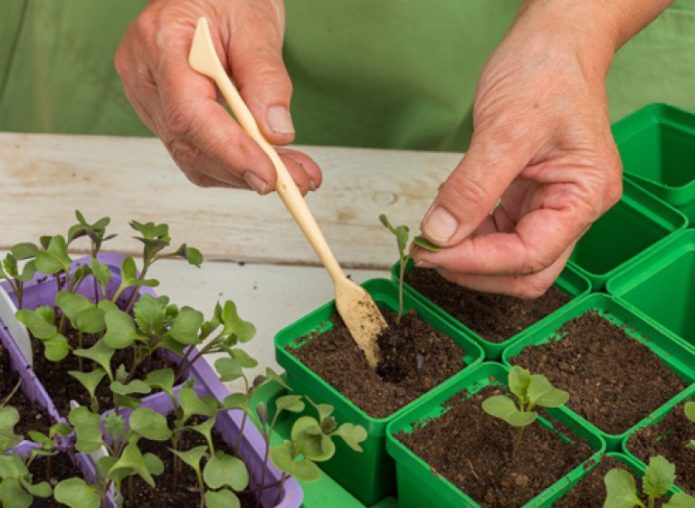
After the growth of two true leaves, the seedlings of Peking cabbage dive, transplanting them into separate cups
You can transplant the seedlings into one large box, but between them it is necessary to leave at least 30 cm so that, growing, they do not interfere with each other.
Video: We dive seedlings of Chinese cabbage from a snail into glasses
Care features
Like any crop, Chinese cabbage needs good care. The moisture and nutrition regime is responsible for the harvest.
Watering
For active development of plants, it is necessary to create soil moisture of 80–85% and air moisture - 75%. To do this, carry out abundant, but infrequent watering, and then necessarily ventilate the room.
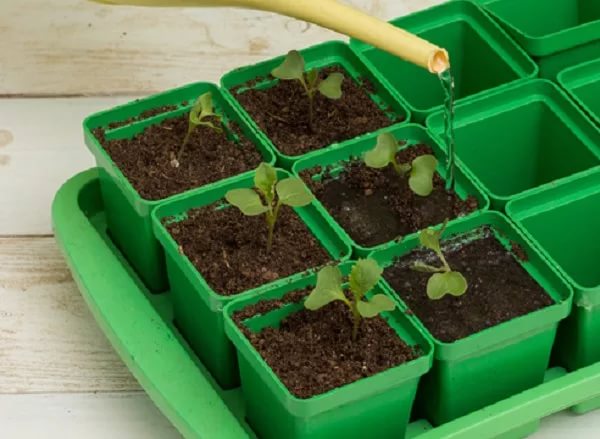
With all its love for moisture, Peking cabbage does not tolerate stagnant water, so watering should be abundant, but infrequent
Cabbage loves moisture, but does not tolerate stagnant water, so watering is carried out only after the top layer of the soil has dried. It is very important to constantly regularly monitor the soil moisture, since with a lack of moisture, the crop is poorly formed, and its excess often leads to the development of root rot.
Temperature regime
Peking cabbage is a cold-resistant plant, for seed germination a small plus temperature of +4 ° C is enough, but intensive growth and development occurs only at a temperature of + 15–22 ° C. At higher temperatures, cabbage turns into color, especially in conditions of long daylight hours. It is also undesirable to keep seedlings in a cool room with a temperature of less than 10-12 ° C for a long time. A decrease in temperature even for 5 days leads to the formation of premature arrows.
Top dressing
Peking cabbage needs to be fed during the growing season. Fertilizers are applied by watering or spraying. It is advisable not to use minerals - cabbage accumulates nitrates very quickly. To accelerate the regrowth of leaves, it is recommended to use liquid biohumus every 2 weeks. It is useful to sprinkle Peking cabbage with a solution of boric acid (dissolve 2 g in 1 liter of boiling water and add 9 liters of cold water).
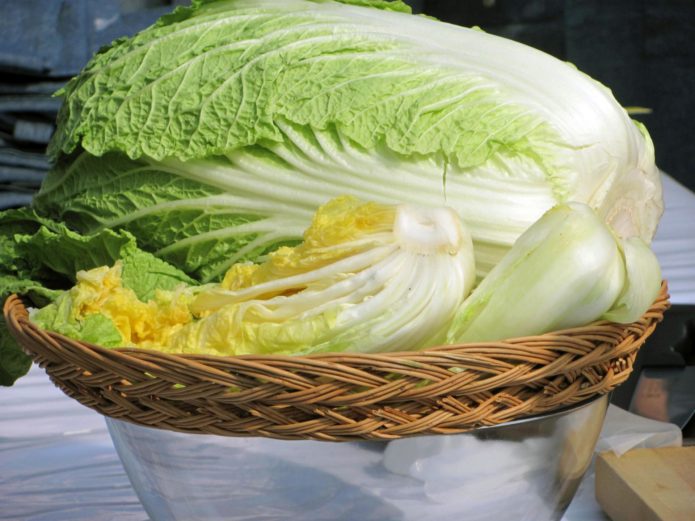
During the growing season, Peking cabbage should be fed with liquid vermicompost once every 2 weeks.
If there are no organic fertilizers, when the fifth true leaf appears, top dressing is carried out with a 1% solution of urea and potassium sulfate, after 10 days - again. After fertilization, the soil is well watered from the sprinkler so that the mineral composition does not get on the plants.
Treatment against pests and diseases
The main pests of cabbage are aphids and a cruciferous flea. In the fight against them, it is better to use herbal remedies: decoctions of chamomile, wormwood. Spraying with ash infusion (300 g / 10 l) will help get rid of insects. The ash solution will not only help to cope with pests, but also saturate the cabbage with potassium, which is so necessary for it when forming a crop. In the event of a massive invasion of pests, chemical agents with a gentle effect on the environment can be used: Fury (1 ml / 10 L), Bankol (0.7 g / 1 L).
Excessive soil moisture and sudden changes in temperature, thickened planting of plants can cause the appearance of a black leg in seedlings. To get rid of the disease, you can water the cabbage with a 0.5% solution of potassium permanganate.
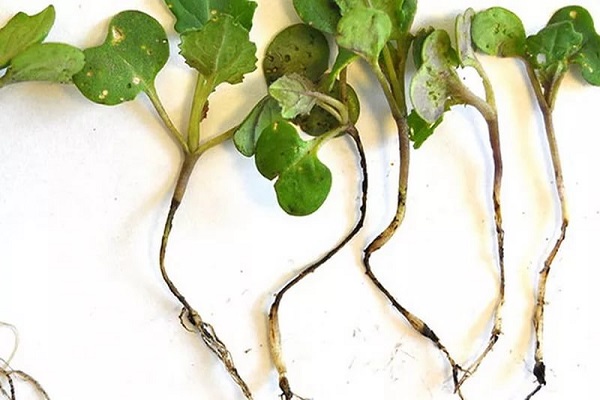
With improper watering and sudden changes in temperature, cabbage sprouts are often affected by a black leg
Excessive watering can provoke the development of a fungal infection - downy mildew. Stagnation of water in the soil and high air temperature contribute to the activation of the fungus - the causative agent of the disease. First, yellow or brown spots appear on the upper side of the leaf, then a grayish coating begins to quickly spread from the lower side. Therefore, at the first manifestations of the disease, cabbage should be treated with the biofungicide Fitosporin (3 g / 5 l).
Growing Chinese cabbage on a windowsill is not that difficult. Of course, it will not be possible to get a large harvest in an apartment. But by surrounding the plants with care and creating comfortable conditions for active growth, you can provide yourself and your family with vitamin greens in the winter.
